Great Design Plant: Gaura Lindheimeri
http://decor-ideas.org 06/18/2015 02:13 Decor Ideas
When observing gaura (Gaura lindheimeri) for the first time, people are immediately struck by the way that its flowers look like small butterflies floating on a cloud over dark green foliage. Don’t let its delicate appearance fool you — this Texas native is easy to grow and drought tolerant, and isn’t fussy with its needs.
White flowers appear in spring, summer and fall. For those who want more color in the garden, ‘Siskiyou Pink’ — the smaller, pink cultivar — may be more your style. Whether you use it as an edging plant in a perennial bed, in a rock garden or in containers, gaura is quite versatile and grows in many planting zones throughout the United States.
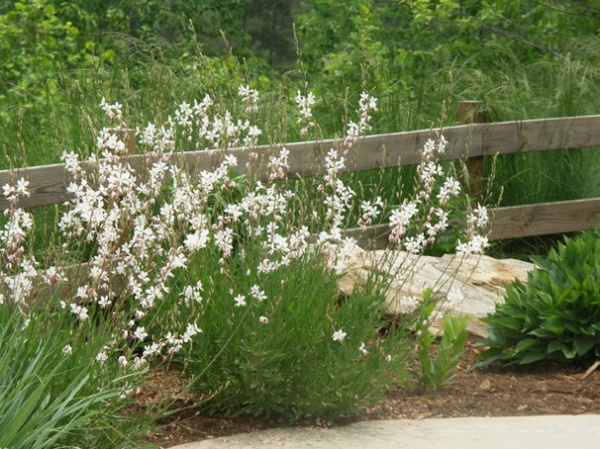
Botanical name: Gaura lindheimeri (syn. Oenothera lindheimeri)
Common names: Gaura, whirling butterflies, Lindheimer’s beeblossom, Indian feather, Lindheimer’s clockweed
Origin: Native to southeastern Texas and northern Mexico
Where it will grow: Hardy to -20 degrees Fahrenheit (USDA zone 5; find your zone)
Water requirement: Drought tolerant once established; water every two weeks in spring through fall in the absence of rain (weekly irrigation in spring through fall is needed in low- and high-desert gardens)
Light requirement: Full sun (provide afternoon shade in desert climates)
Mature size: 3 to 4 feet tall and wide
Benefits and tolerances: Drought tolerant; deer resistant; attracts beneficial insects, including bees
Seasonal interest: White or pink flowers appear (depending on the cultivar) in spring through fall; will stop flowering during summer in desert climates and continue again in fall.
When to plant: In spring or fall from transplants
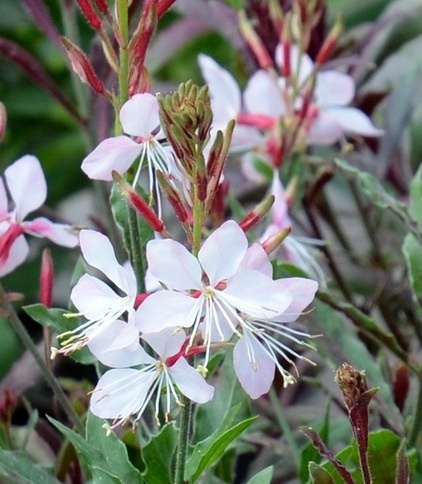
Distinguishing traits. Gaura’s flowers have been described as resembling a number of things, including butterflies, orchids and even mosquitos. Borne in sprays at the end of arching flowering stalks, the flowers give the impression of floating in air, especially when stirred by a breeze.
White gaura flowers emerge from pink buds in spring. The blossoms of the cultivar ‘Siskiyou Pink’, shown here, start out light at the beginning of the season and darken as the season progresses. This particular cultivar is somewhat smaller than white gaura and reaches an approximate size of 2 feet tall and 3 feet wide. In addition to Siskiyou Pink, several other cultivars of gaura are available with white or pink flowers.
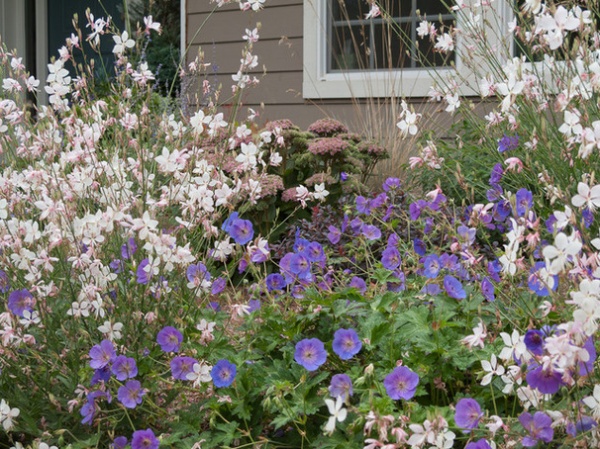
Gaura’s tall, flowering stalks arch outward, giving it an airy appearance. The stalks rise from a basal rosette of dark green leaves. The small leaves have no stem and are attached directly to the flowering stalk. Gaura is rather unremarkable when not in flower, except for the maroon foliage coloring that is often present, which can add some color to the landscape.
Shown: White gaura planted with purple-flowering Rozanne cranesbill (Geranium x ‘Rozanne’)
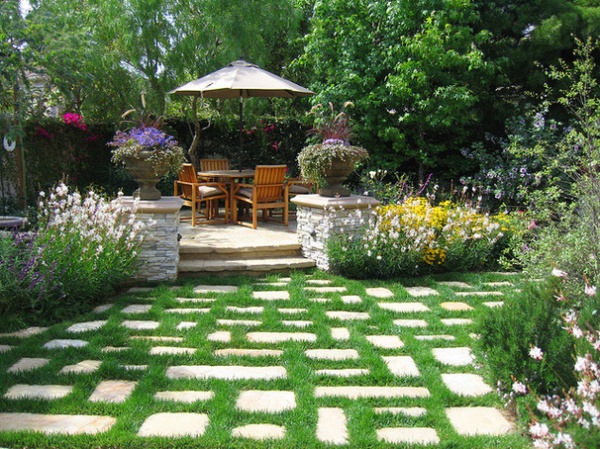
How to use it. Gaura is a very versatile addition to the landscape. It looks best planted in groups of three or five, where its small, delicate flowers make the most impact. Place gaura in a rock garden next to a large boulder, where its airy foliage can be used for great texture contrast.
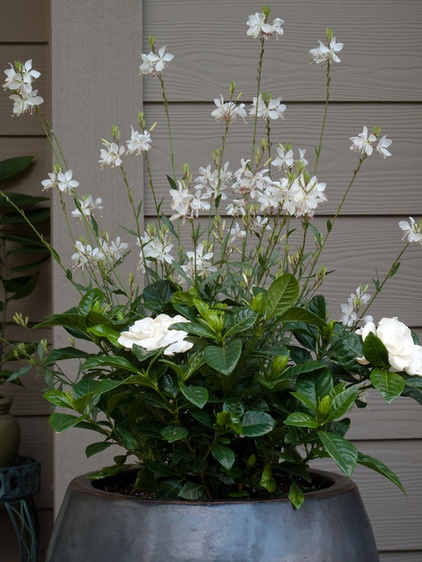
Use it in containers where it can provide an arching, vertical accent. Pair it with broader-leaved plants, such as gardenia, hosta or lantana (Lantana spp).
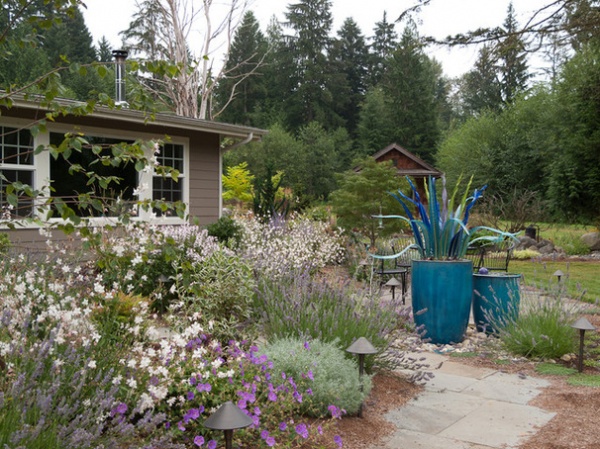
Gaura can be used as an integral part of the perennial border. Plant groups of three to five alongside salvia species, such as autumn sage (Salvia greggii), meadow sage (Salvia sylvestris), Mexican bush sage (Salvia leucantha) or Cleveland sage (Salvia clevelandii).
Here we see gaura planted with Grosso lavender (Lavandula intermedia var. Grosso), Magical Fantasy weigela (Weigela florida ‘Magical Fantasy’), silver mound wormwood (Artemisia schmidtiana ‘Nana’) and Rozanne cranesbill in a Seattle front garden.
See more of this romantic entry garden
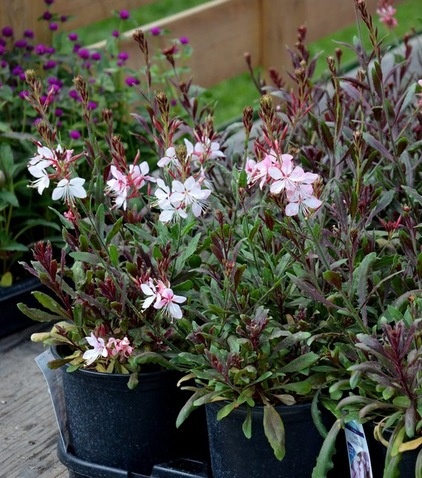
Planting notes. Select an area in full sun (afternoon shade in desert gardens) with well-drained soil. Before planting, add compost to the planting hole and mix it with the existing soil at a ratio of 1 part compost to 1 part native soil.
Shown: Gaura lindheimeri ‘Ballet Blush’ awaiting planting at the Frederik Meijer Gardens & Sculpture Park in Grand Rapids, Michigan.
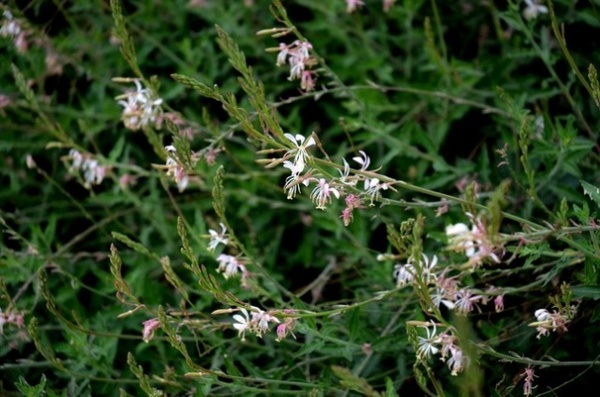
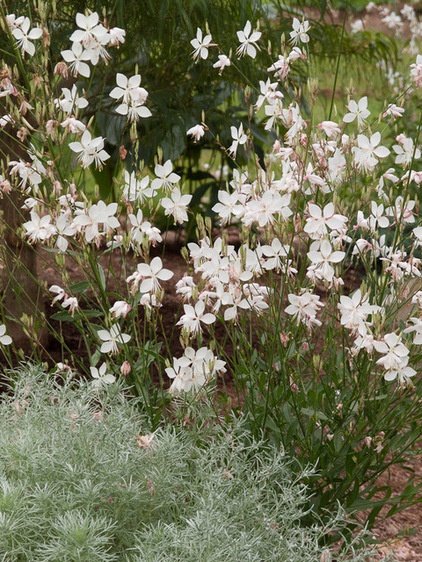
The maintenance requirements of gaura are few. It doesn’t need fertilizer but does appreciate some periodic pruning. Prune the flowering stalks by half their height at least once during the growing season to increase flowering. In spring, prune the flowering stalks to the base of the plant to prepare for new growth.
While gaura is hardy to -20 degrees, it doesn’t always come back in spring in zones 5 and below. However, cold-climate gardeners shouldn’t despair — gaura does well when grown as an annual in those zones. It can be grown as a perennial in zones 6 to 11.
Shown: Gaura with silver mound wormwood (Artemisia schmidtiana ‘Nana’)
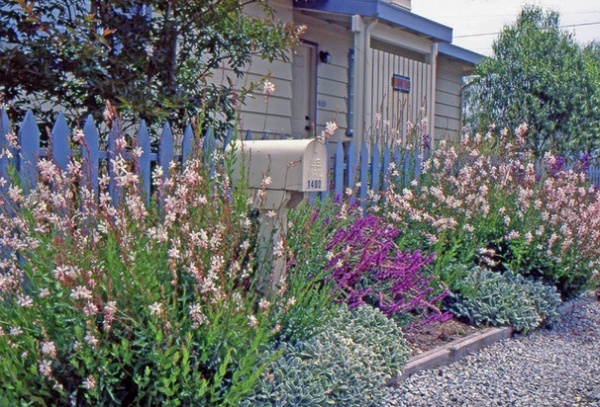
More: How to Find the Right Plants for Your Garden
Related Articles Recommended












